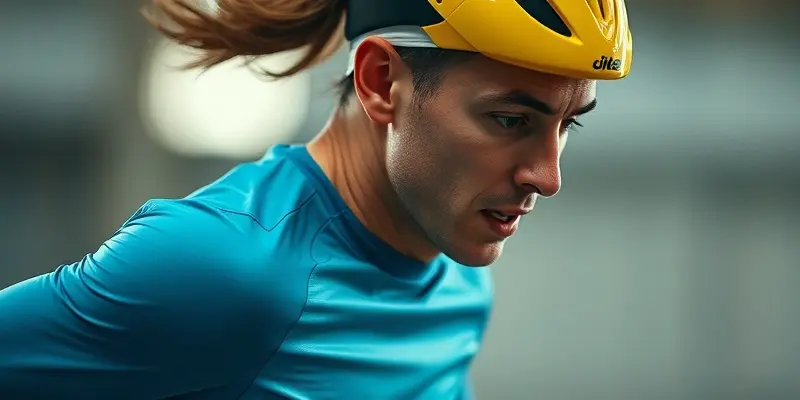Introduction

Recovery and injury prevention are essential aspects of fitness that impact performance and overall well-being. Understanding effective recovery techniques, nutrition strategies, and psychological methods is key for fitness enthusiasts of all levels, from beginners to advanced athletes.
Key Recovery Techniques
- Hydrotherapy: Utilizing water for recovery, including cold and warm baths to reduce inflammation and improve circulation.
- Active Recovery: Low-intensity exercises like walking to enhance blood flow and muscle recovery.
- Massage: Effective in reducing muscle soreness and improving blood circulation.
- Compression Garments: Provide support and aid in blood flow for faster recovery.
- Cryotherapy and Heat Therapy: Uses cold to reduce pain and inflammation or heat to promote relaxation.
Nutrition for Recovery
Nutrition plays a crucial role in the recovery process:
- Protein: Essential for muscle repair and growth.
- Carbohydrates: Replenish energy stores.
- Hydration: Maintains fluid balance for optimal recovery.
Psychological Methods for Motivation
Maintaining motivation during recovery is vital:
- Goal Setting: Focuses on gradual progress and returning to full training.
- Positive Self-Talk: Supports recovery and resilience mindset.
- Social Support: Enhances motivation and recovery outcomes.
Tools and Gadgets for Recovery
- Foam Rollers and Massage Guns: Reduce muscle soreness and improve circulation.
- Heat and Cold Therapy: Manage pain, inflammation, and aid in recovery.
Common Injuries and Prevention Strategies
Preventing common injuries involves:
- Gradual Training Increments: Avoid sudden intensity increases.
- Proper Warm-Up and Cool-Down: Essential for reducing injury risks.
- Strength and Flexibility Training: Enhance muscular resilience.
Beginner-Friendly Recovery Guides
For beginners:
- Start with Active Recovery: Include light activities like walking or swimming.
- Rest and Nutrition: Ensure adequate rest and balanced nutrition.
- Monitor Progress: Use tools like heart rate variability to track recovery.
Conclusion
Incorporating a holistic approach to recovery, including techniques, nutrition, psychological methods, and injury prevention, is crucial for maintaining a healthy and sustainable fitness routine. By prioritizing recovery strategies, fitness enthusiasts can optimize performance, prevent injuries, and enhance overall well-being.
